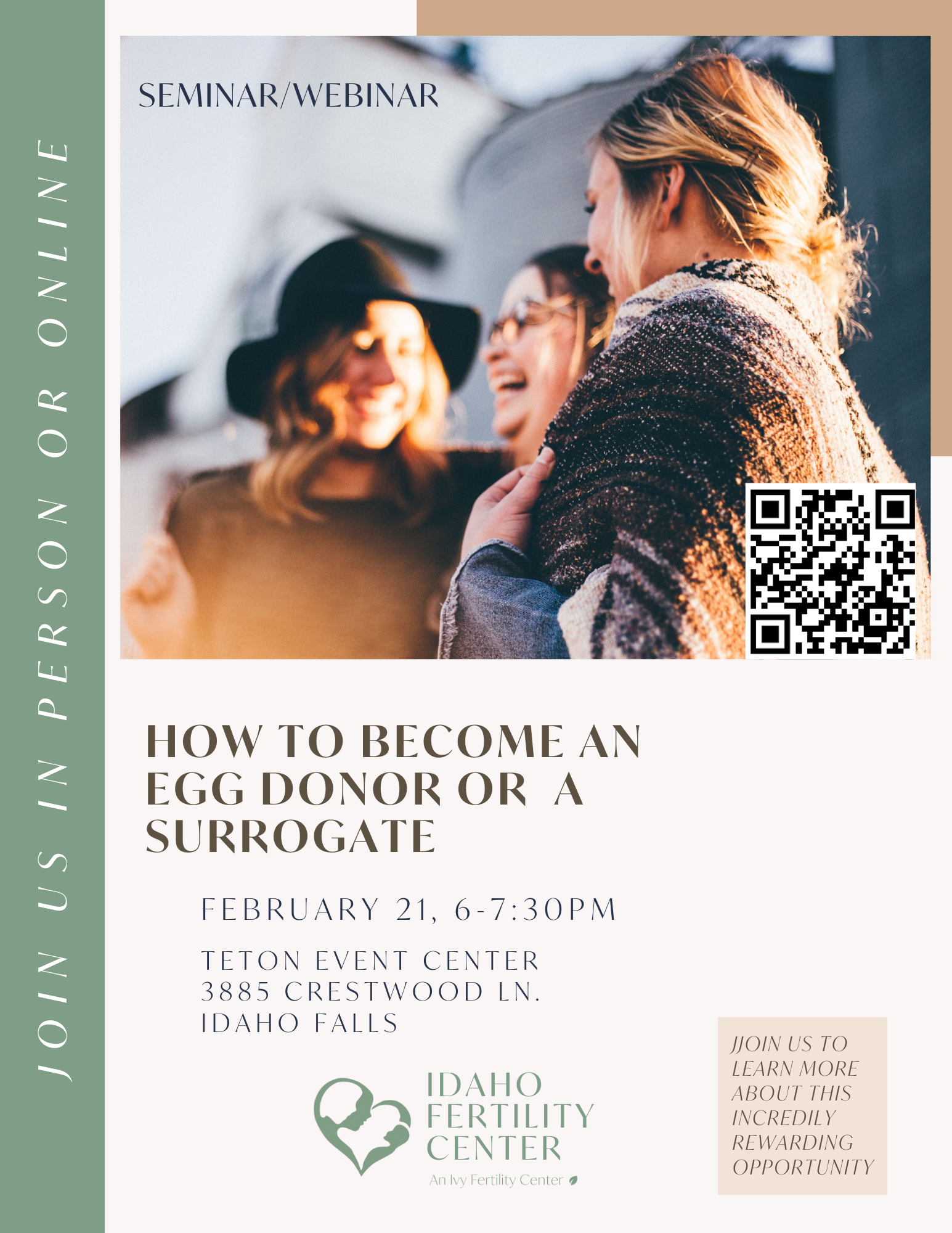What is Ovulation Induction?
Sometimes a woman’s reproductive system does not function properly, just as any other of the body’s systems can malfunction. Many couples who are struggling with infertility may think the main solution to their problem is in vitro fertilization. While IVF does have a very high rate of success per cycle, it is not necessarily the best choice for everyone. The truth is that modern medicine has come up with a number of solutions to deal with infertility, some of which are far less costly and demanding than IVF.
One way that women can overcome ovulation disorders is through ovulation induction, allowing them to regain the ability to conceive. This treatment involves the use of hormone therapy to stimulate egg maturation and, eventually, the release of these eggs, called ovulation.
Ovulation induction, also referred to as ovarian stimulation, is often used for women who don’t ovulate regularly on their own, and there are many types of medication that can be used. Some are available in pill form and block estrogen receptors, making the body think estrogen levels are low. This stimulates the release of a hormone called Follicle Stimulating Hormone (FSH) from the brain, leading to ovulation (the release of one egg) or sometimes superovulation, meaning that more than one egg is released. The more eggs produced in a cycle, the greater the chance of conception. Careful monitoring with ultrasounds during the process increases the chance of success while also minimizing the risk of twins and more than twins. For some women who are resistant to ovulation induction with pills, more aggressive medications, such as Follicle Stimulating Hormone in the form of once-daily injections, can be used with careful monitoring.
Many different conditions, such as polycystic ovary syndrome, can affect the regular maturation and release of eggs. Irregular menstrual cycles might be a sign that a woman is not ovulating regularly. Ovulation induction can be used to help women ovulate regularly, and it can also be used to help regularly ovulating women to release more than one egg in a cycle, both of which improve the chances of conception per cycle. In some circumstances, ovulation induction is also used in conjunction with intrauterine inseminations of sperm to further increase the odds of sperm making it into the fallopian tubes, where fertilization takes place.
Remember that induced ovulation is never a guarantee; it simply increases a couple’s chances of becoming pregnant. In fact, no fertility treatment guarantees pregnancy, though some offer a greater chance of success compared with others. Many factors should be considered, especially the cause of infertility, so that all individuals can find the right treatment course to a successful pregnancy.
How Does It Work?
The process in which the ovaries are stimulated by fertility medication to produce ovulatory follicle(s) is known as controlled ovarian hyperstimulation (COH). Generally, a combination of oral fertility medication and injectable fertility hormones (follicle stimulation hormone) are used to stimulate the ovary to produce 2 mature follicles. Each mature follicle contains 1 egg that is capable of being fertilized. In women who do not have regular periods and do not normally ovulate, the goal is to produce 1 mature follicle and restore normal ovulatory function. In women who have regular menses and ovulate each month, controlled ovarian hyperstimulation is used to “superovulate” women in hopes of increasing pregnancy rates by producing 2-3 mature follicles per month. With controlled ovarian hyperstimulation, the aim is to bring monthly fertility rates back to that of a 20-year-old woman, approximately 20% per month. Multiple pregnancy rates account for 1-30% of these pregnancies, based on the age of the egg and the number of mature follicles obtained. The goal of controlled ovarian stimulation is to achieve a healthy singleton pregnancy.
COH Combined with Intrauterine Insemination
Ultrasound monitoring is performed during controlled ovarian hyperstimulation in order to safely stimulate the ovaries. Intrauterine insemination (IUI) is also recommended in combination with controlled ovarian hyperstimulation (COH) in couples affected by mild/moderate endometriosis and for couples with unexplained infertility. The success rates of COH and IUI approximates the normal rate of 20% per month that is seen in fertile couples; however, the fertility diagnosis and the age of the woman can impact the success rate. If couples do not achieve success after 3-6 cycles of COH/IUI, a consultation is recommended to review the causes and possibly come up with a new plan.
For more information on this safe and effective fertility treatment option, Idaho Fertility Center encourages you to contact our office at 208-529-2019 and schedule a consultation with one of our board-certified Reproductive Endocrinologists in Idaho Falls, Idaho.




